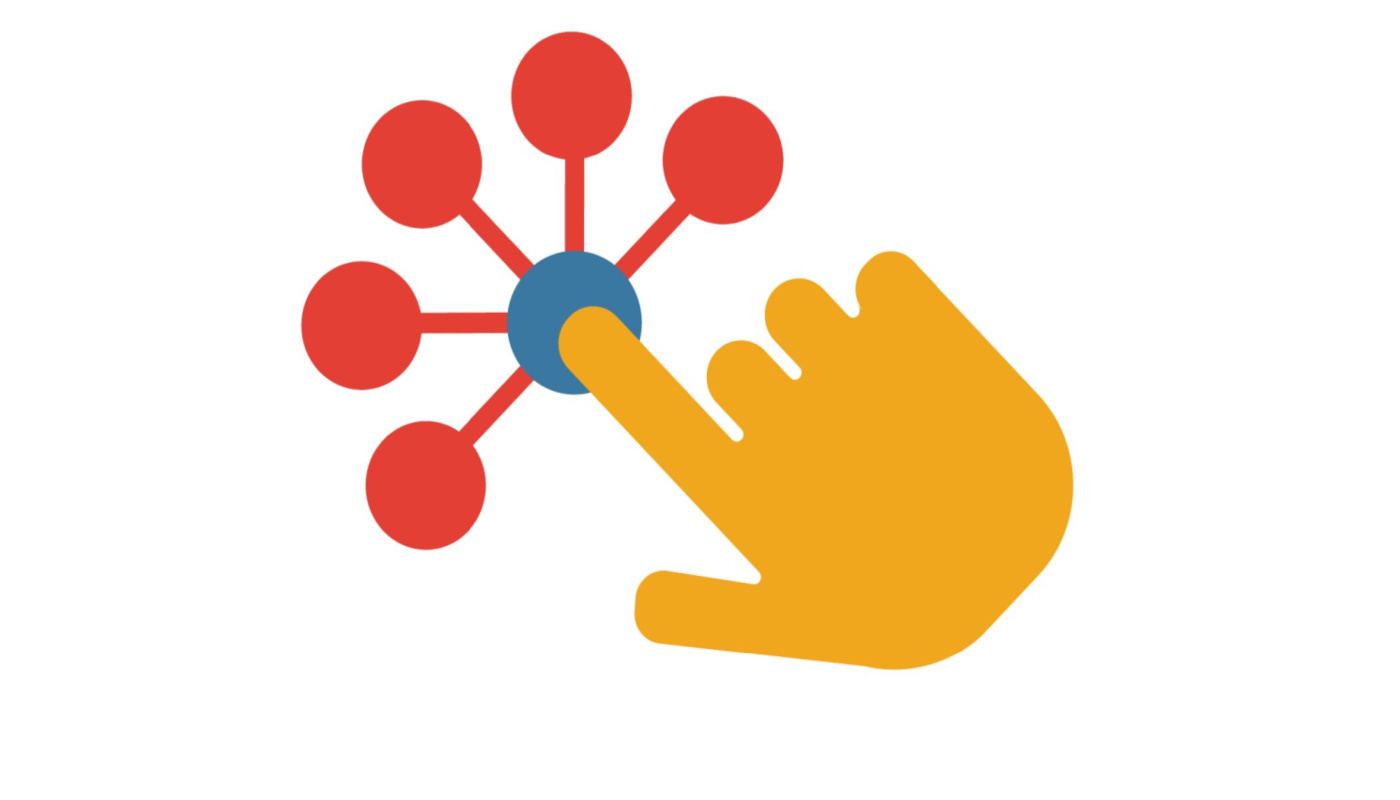When you’re setting up and structuring an inbound call center, it’s no longer enough to plug in the phones and wait for the customer calls to come in. These days, customers expect to have options when it comes to getting in touch with a company, such as the ability to reach out via email, online chat or social media in addition to over the phone. And while you may be quick to assume that the more touchpoints you offer the better, that’s not always the case. Instead of simply offering more touchpoints for customers, you should be focused on offering the right ones.
The first thing to consider when determining which touchpoints to offer to customers is the type of inquiries your call center is fielding, since not every possible inquiry can be adequately serviced from every touchpoint. For example, if customers are calling with timely requests that they are hoping will be resolved over the course of a call, they wouldn’t want to submit that request via email and then wait for a response. Likewise, if they are looking for help with product set-up or troubleshooting and need to have a conversation with someone to figure things out, it may be difficult to have that sort of conversation via online chat. So before deciding how many touchpoints to offer you should think about which ones will help resolve your customers’ most frequent inquiries in the most efficient and successful way.
Next, consider the volume of communications that your team will be fielding and the average amount of time and work required to resolve those types of inquiries. If volume is low or if volume is high but most inquiries are resolved quickly, you may only need one touchpoint to keep up with what’s coming in. But if volume is high and most customers are reaching out with questions that take time to resolve, you may consider adding more touchpoints in order to keep pace and not leave customers waiting to get in contact with someone for too long (which only stokes frustration and lowers your chances of successfully resolving the inquiry).
Once you’ve made these determinations, the final step is making sure that a customer is going to be able to resolve their problem regardless of the touchpoint they choose to use. The last thing you want is a customer who decides to use an online chat function only to discover after a 20-minute conversation that they will need to call your call center in order to solve their problem. That’s time wasted for both the customer and the agent chatting with them. If a touchpoint is not capable of resolving any and every inquiry it might receive, you shouldn’t offer it.
The bottom line: Omnichannel is nice and may seem convenient, but it is only really more helpful for customers if you take the time to ensure that it’s truly what’s best for the customer. Bigger is not always better, and that definitely applies to contact center touchpoints. This is one of the reasons that CallShaper has decided to focus its offerings around the call center and its capabilities when it comes to inbound communications. To learn more, contact us today


Leave A Comment